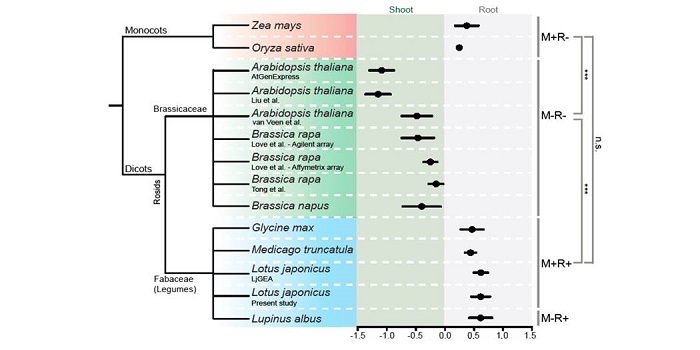
The Brassicaceae family displays divergent, shoot-skewed NLR resistance gene expression
Blog, Plant Science Research Weekly, Research, Research BlogNLR (Nucleotide-binding site leucine-rich repeat resistance) genes help plants recognize pathogens. Munch et al. looked at expression pattern data of 1,235 NLRs from nine plant species. The distribution of NLR gene expression between shoot and root is relatively constant within a species, and for most…
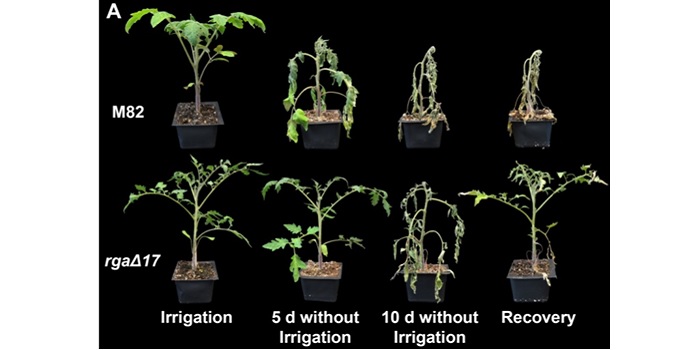
The tomato DELLA protein PROCERA acts in guard cells to promote stomatal closure
Blog, Plant Science Research Weekly, Research, Research Blog, The Plant CellNuclear accumulation of DELLA proteins induces transcriptional reprogramming and is well known to suppress the gibberellin (GA) pathway. While DELLAs can negatively regulate GA, increased GA levels can also signal DELLA degradation. GA is a growth-regulating hormone that is also involved in inhibiting…
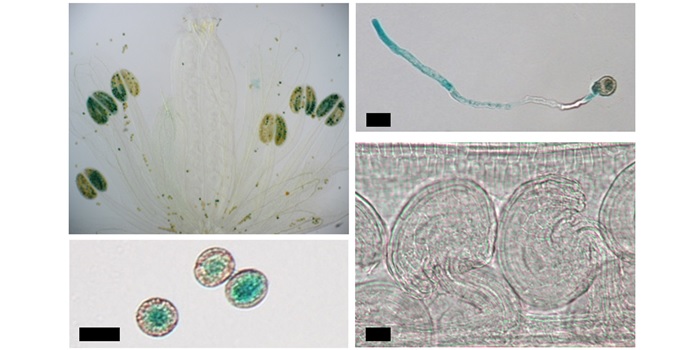
The kinase ERULUS controls pollen tube targeting and growth in Arabidopsis thaliana
Blog, Plant Science Research Weekly, The Plant CellPollen cells have a fascinating ability to transform from a small spherical cell to a very elongated shape known as the pollen tube (PT) during fertilization. Pollen cells must navigate through the female tissue, find an ovary, and burst to release the two sperm cell nuclei as well as the vegetative…

Origin and Role of ABA in Stomatal Regulation
Blog, Plant Physiology, Plant Physiology: On The Inside, Research, Research BlogWhen the vapor pressure difference (VPD) between a leaf and the atmosphere increases (i.e., when air humidity decreases), guard cells lose turgor, thereby leading to stomatal closure. The evolution of this mechanism was an important step in the colonization of land by plants, since it enabled plants…
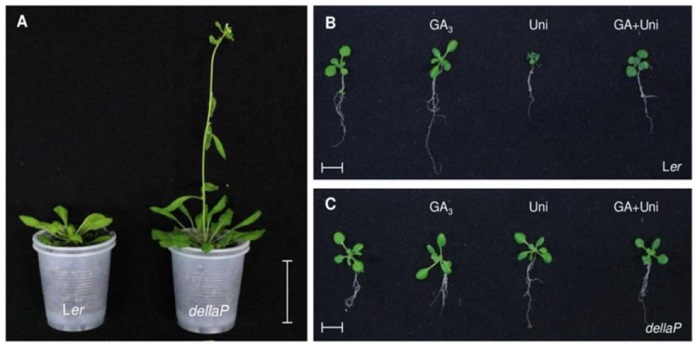
GA Signaling Increases Cytosolic Calcium
Blog, Plant Physiology, Plant Physiology: On The Inside, Research, Research BlogGibberellins (GAs) regulate many aspects of plant development, including seed germination, stem elongation, flower induction, and anther development. DELLA proteins, of which there are 5 in Arabidopsis (Arabidopsis thaliana), play a central role in GA signaling. GA triggers DELLA degradation via the…

The Small Secreted Peptides of Legumes
Blog, Plant Physiology, Plant Physiology: On The Inside, Research, Research BlogSmall secreted peptides (SSPs) are peptides of 5 to 50 amino acid residues that are secreted into the apoplast. SSPs are critical regulators of a diverse array of growth and developmental processes in plants, including root growth, nutrient homeostasis, meristem maintenance, stress acclimation, pathogen…
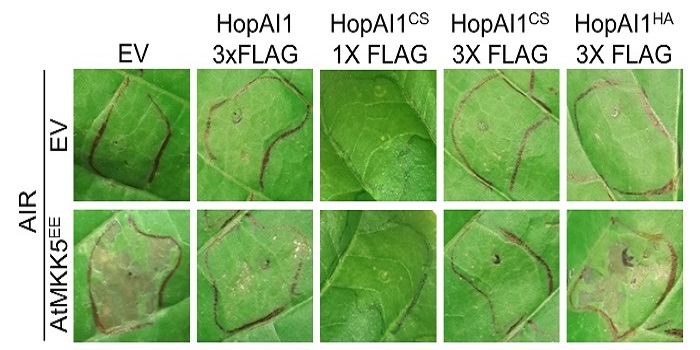
Disarming the Assassins Within: Plant Cells Use S-Nitrosylation to Deactivate the HopAI1 Effectors
Blog, Research, Research Blog, The Plant Cell, The Plant Cell: In BriefThe assassin who injects a bead of poison by stabbing his victim with the tip of his umbrella has got nothing on plant pathogenic bacteria such as Pseudomonas syringae, which injects dozens of effector proteins into plant cells. These effectors act as tiny assassins to take out host defenses by diverse…
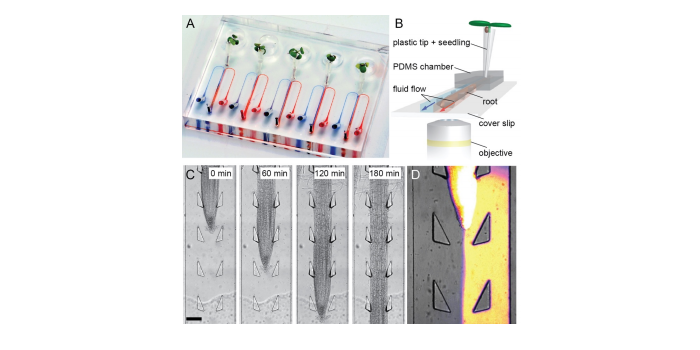
Arabidopsis perfusion platform RootChip reveals local adaptations of roots
Blog, Plant Science Research Weekly, Research, Research BlogRoots are essential plant organs that need to respond and adapt to dynamic environments. It is still unknown if these adaptations are based on systemic or cell-based responses. Stanley and colleagues created the dual-flow-RootChip, a platform for the heterogeneous perfusion of Arabidopsis roots to…
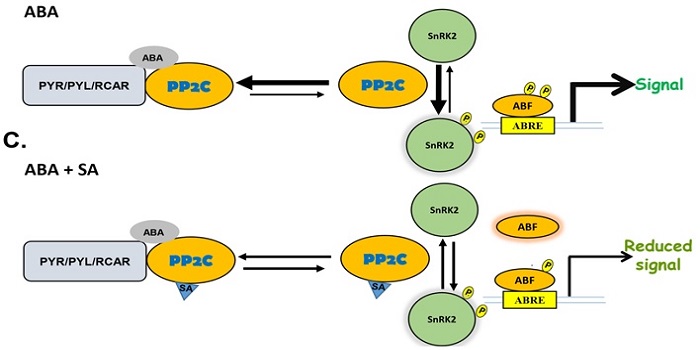
Members of the abscisic acid co-receptor PP2C protein family mediate salicylic acid-abscisic acid crosstalk
Blog, Plant Science Research Weekly, Research, Research BlogIf we know anything about how ABA regulates plant response to environmental stresses it is that the pathway if very complicated and anything but straightforward. The ‘core’ ABA pathway is activated by first inhibiting a specific class of protein phosphatases, PP2Cs. This inhibition of PP2Cs allows…

